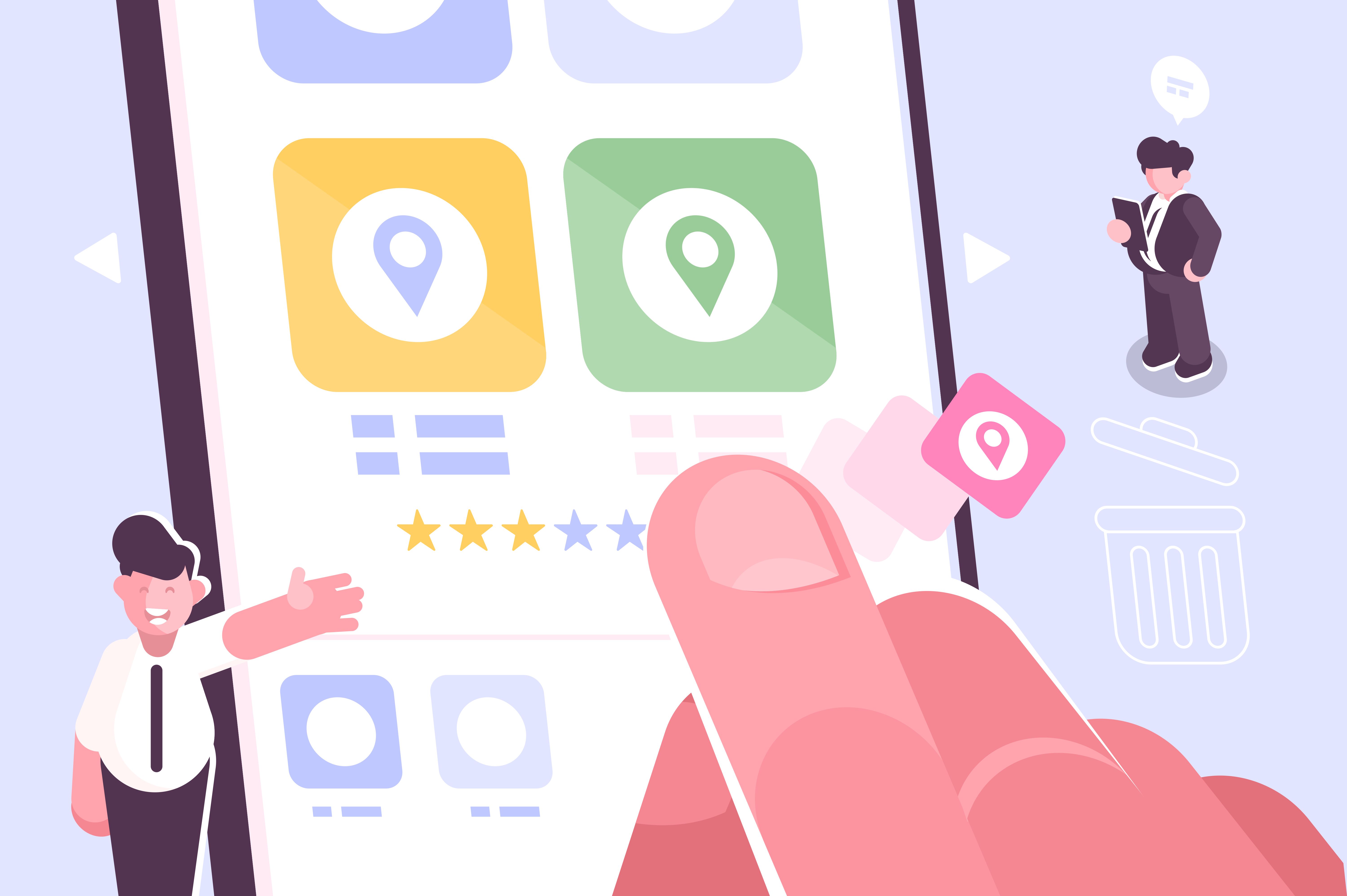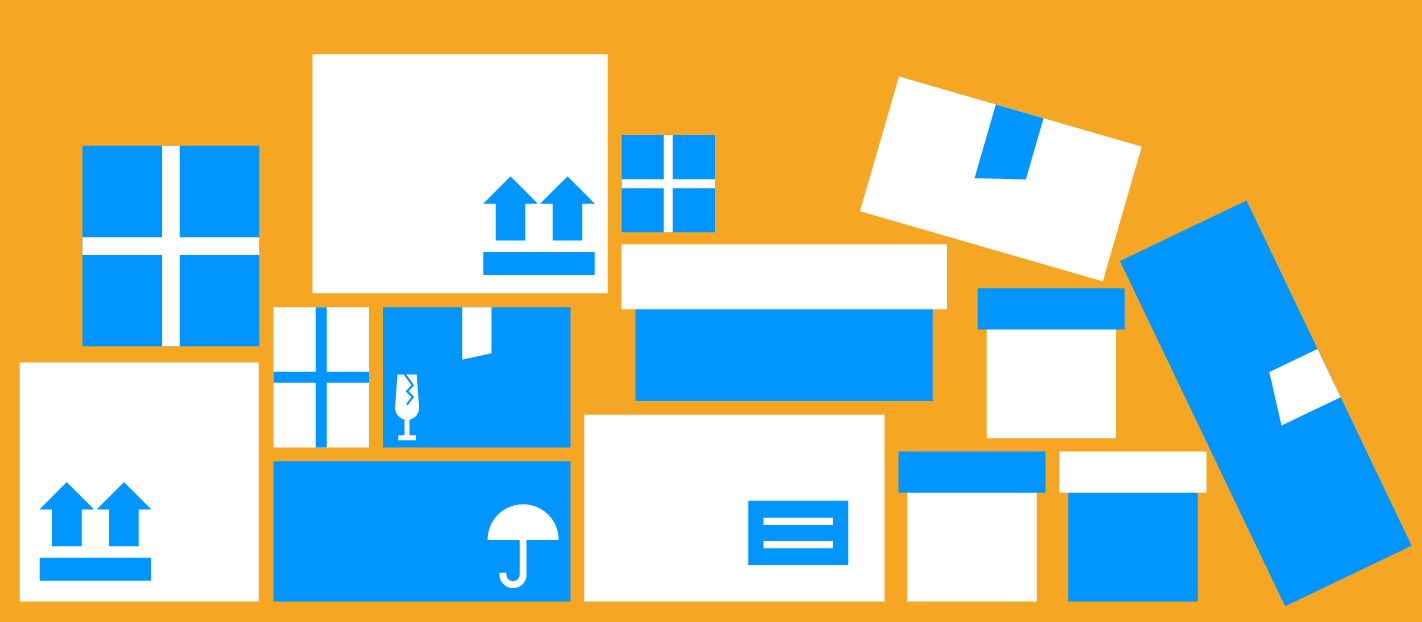
Simple is better. That’s true when you’re buying something complicated online. And that’s also true when you’re selling online.
Fortunately, Phil Bagdasarian, CEO of Packwire, is a champion of simplicity, both in his company’s offering to customers and in how he chooses to run and grow his business.
Phil has been using a few smart live chat tricks to grow sales, and now 30% of Packwire’s revenue comes from chat.
In this live chat case study, learn how Phil spends his time with the most valuable potential customers.
Meet Packwire, the packaging startup that makes boxes easy to design & order

“Packwire is an easy way for entrepreneurs and product innovators to order packaging online and at lower quantities,” Phil explains. “We provide a simpler experience than traditional packaging companies do, and our customers can order from us without any technical design knowledge.”
The company serves primarily e-commerce startup founders, but also product and design employees at Fortune 500 companies. Essentially, anyone that wants quality packaging with a great online ordering experience is a fit.
“What really differentiates us is our 3D builder. So, you can just design your box right on our website,” says Phil. Of course, customers can upload their Adobe Illustrator files (typically called dielines), but they don’t have to. Think of the builder like Canva for making boxes.

Why Packwire uses chat as a key sales channel
When Phil launched Packwire three years ago, he started using GoSquared within the first couple of weeks of launching. He was looking for a live chat solution, and initially didn’t plan on using GoSquared’s website analytics (though he would later learn that the analytics foundation would come in handy for chat—more on that below).
Since he implemented GoSquared’s Live Chat so quickly after launching, it’s clear that he was prepared to take chat seriously.
Packaging is complicated. Not only is there the need to get the design and sizing just right, but price is also critical. The cost of the boxes and the amount to ship the boxes can have a major impact on the profitability of the product.
Phil knew he would need to be available to answer questions from day one, and there’s no better way to do that than with chat.
“I prefer using chat over the phone because it’s easier and more convenient for everyone,” says Phil.
Chat allows Phil to take care of customer questions in a short, direct way that benefits everybody.
Capturing email addresses to continue the conversation
Phil makes sure to capture as many email addresses as possible, in case the potential customer leaves before he has a chance to reply.
As soon as someone asks a question, an automated message appears saying that someone will answer them soon and requesting their email address in case they go offline.
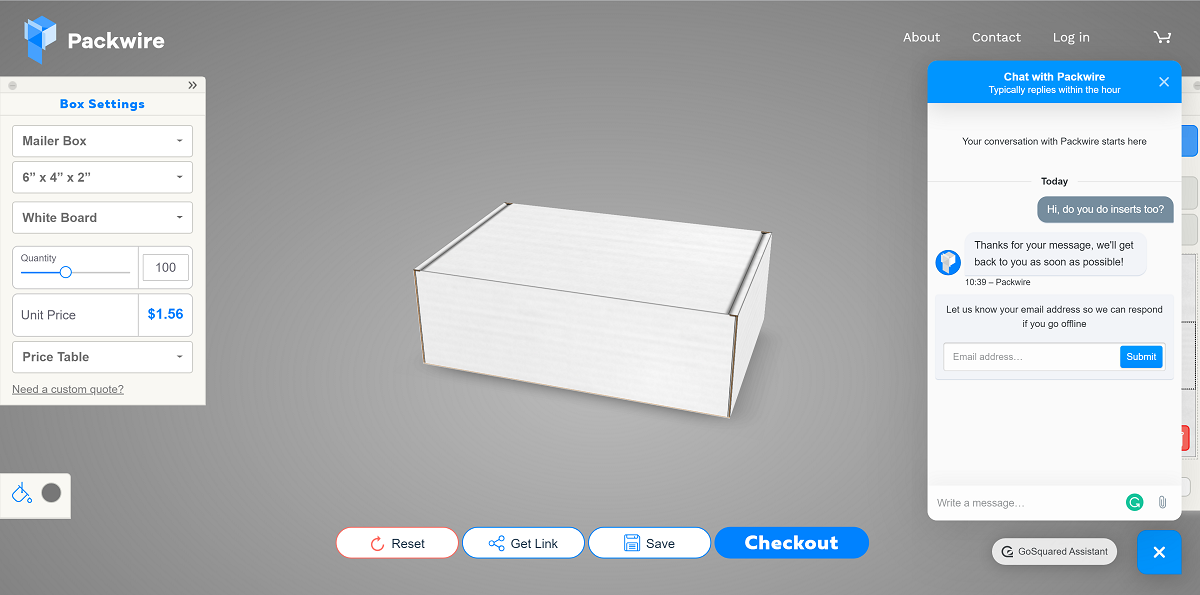
What about after hours?
If a message is sent outside of business hours, the GoSquared Assistant lets the website visitor know that the team is off and what time they’ll be back the next day.
“It says that they’ve reached us outside of our business hours and somebody is going to be in touch when we’re open,” Phil explains.
Again, the website visitor is asked to drop their email in. This way, Phil retains leads even when he’s sleeping. Then the next day, he replies to the messages he received overnight, and the responses get delivered to the potential customers’ email inbox.
How web analytics makes chat conversations more successful
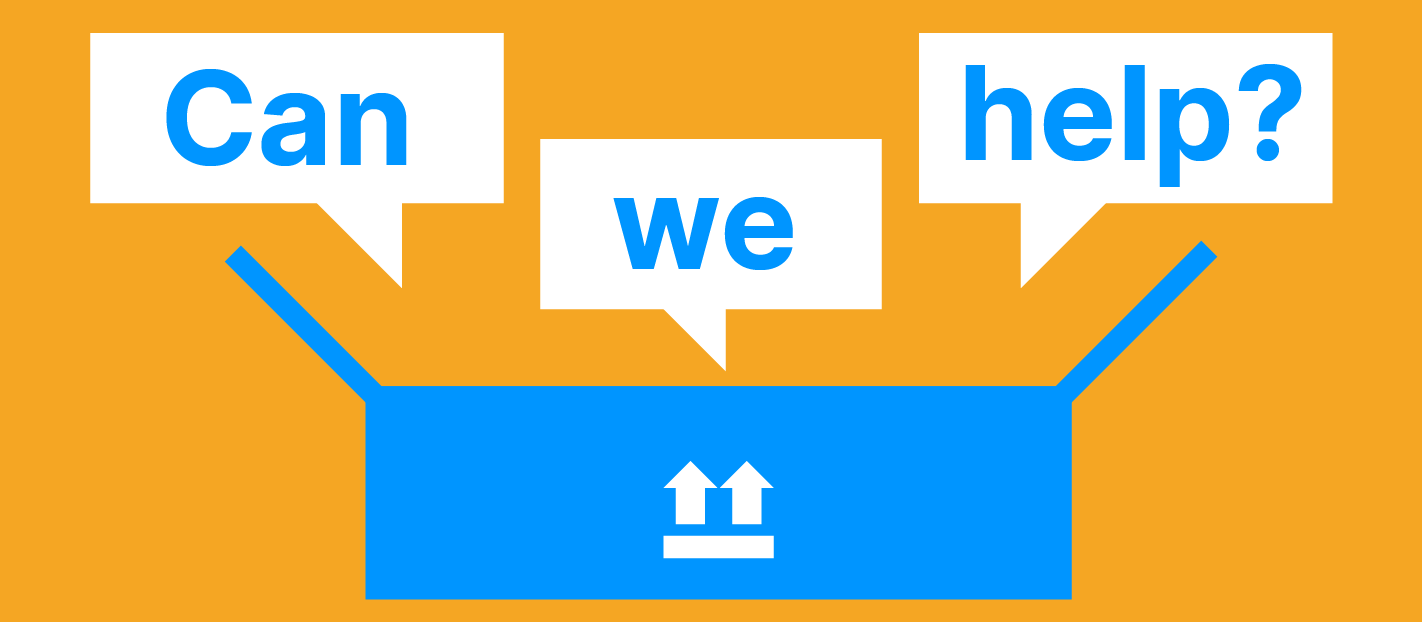
“The person who managed chat before me moved to a different role in the company, so now I’m the only one who handles chat,” says Phil. As the sole person in charge of responding, Phil needs to be able to protect his precious time because as CEO, he has plenty of other work to do.
By combining website analytics with chat, he’s able to make his chatting time more effective in a few key ways.
Discovering what page the website user is on
Originally, Phil signed up only for Live Chat and wasn’t expecting to get much use out of Analytics. “But then I ended up using it a lot, and I still am. It’s easy to see what’s happening and learn what page the client is looking at while you’re chatting with them.”
If they’re on the FAQ page, then Phil might assume they’re looking for detailed information, maybe about how to upload dielines or something similar. If they’re on the builder, he might assume they’re getting stuck choosing options or finalizing their design.

Knowledge of the users’ geographical location
Seeing where users are coming from geographically is also really useful.
“Boxes are pretty bulky,” Phil says. “Most of the time, if they’re outside of Canada, the United States or Mexico, the shipping is just going to be way too much. If I see that they’re in the States or Canada or even Mexico, I don’t ask them. But if I see that they’re from somewhere else, I’ll ask where they’re located. Then I’ll suggest another company because the cost of shipping means we’re not a good fit.”
It’s better to just politely cut the conversation short if shipping is going to kill product profitability for the client. Phil says, “Knowing geographical location helps me protect my time.”
Knowledge of the user’s device type (crucial for helping with the 3D box builder)
Phil can get even more insights about who he’s chatting with. Another important thing which he’ll often check while talking with someone is what kind of device they’re on.
Once a potential customer has initiated a chat conversation, Phil can get the info he needs to be as helpful as possible.
“The device is really important for us because it’s really hard to design with our 3D box configurator on a mobile phone. The screen is just too small. When they’re mobile, and they’re talking about running into challenges, then I can encourage them to use a desktop computer,” Phil explains.
Phil details his strategy for using this information effectively: “If I see that they’re on mobile, I ask them, ‘Are you on a mobile phone?’ And they say, ‘Yes,’ I already know that they are, but I ask them so that it doesn’t feel intrusive. Then I invite them to come back on a computer, and they usually come back and say something like ‘Oh, okay. It’s great. It’s working now.’”
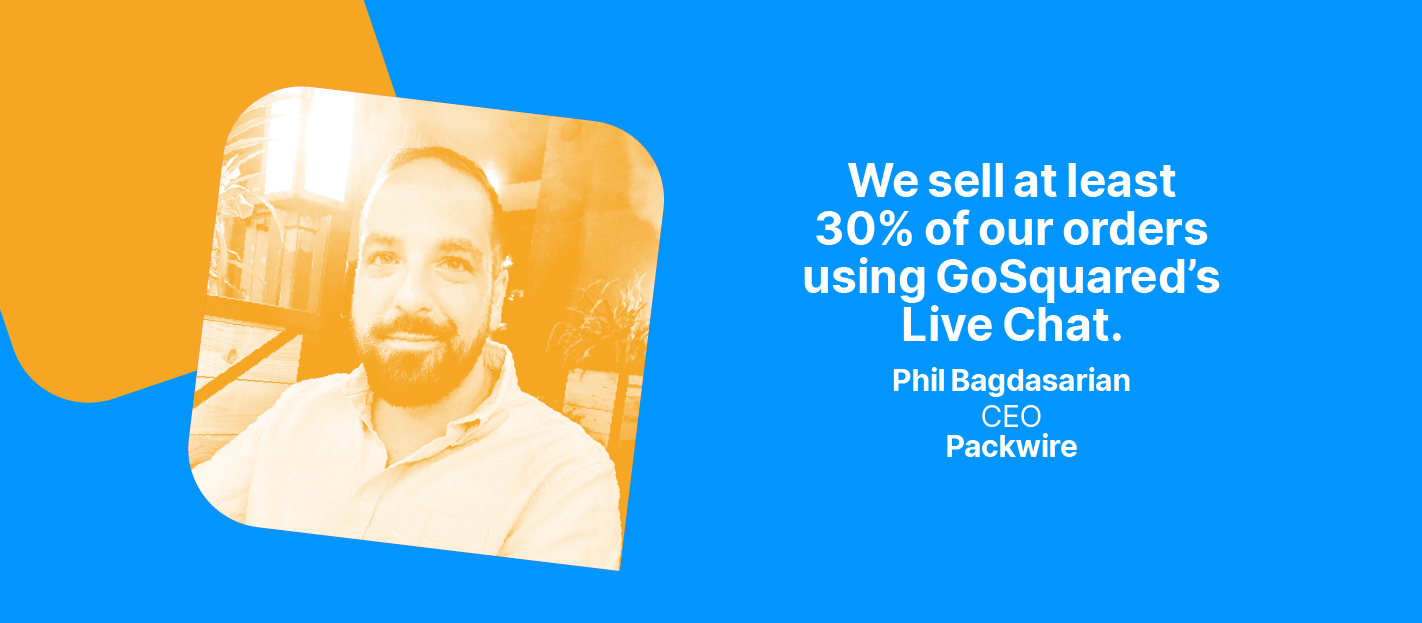
Chat prompts for important pages
Chat prompts are another great example of how chat combined with website analytics is more powerful than chat all on its own.
Chat prompts show up when triggered by a website visitors’ behaviour.

They’re a small, unintrusive box at the lower right-hand corner of the screen, and the user can click on it to expand it and reply.
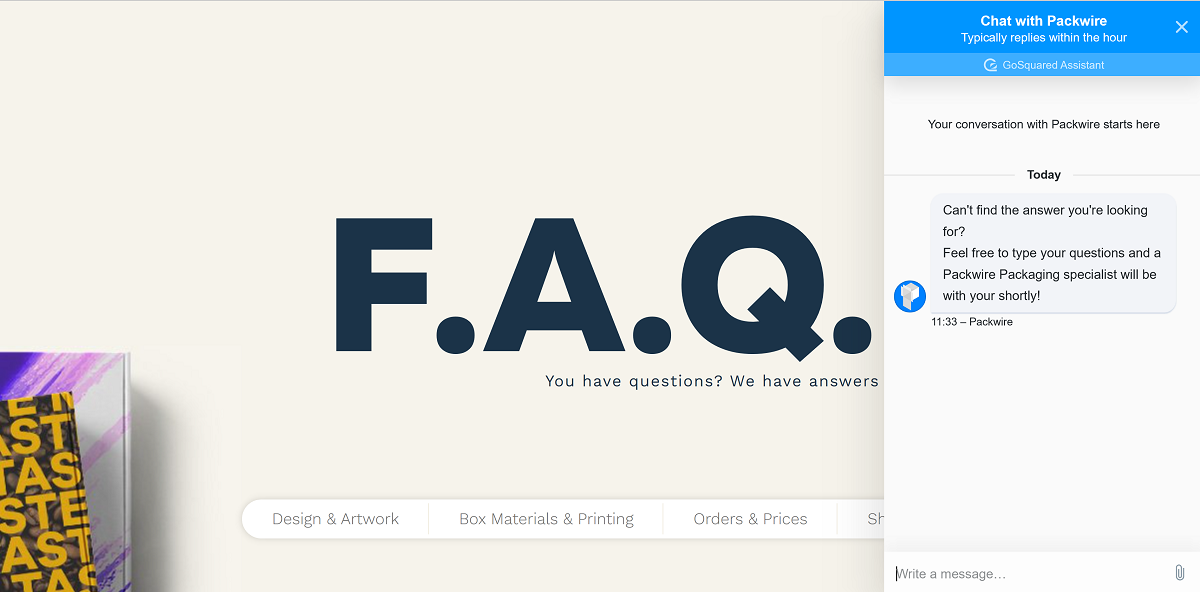
Phil has set up three different chat prompts for Packwire, with the one for the builder initiating the most conversations and contributing the most amount of revenue.
“Our 3D platform can be a bit overwhelming sometimes,” says Phil. “And even if it’s not, most of the time, clients are going to have questions about, for example, if we make inserts or if we have a certain type of cardboard. So if they stay on our configurator for two minutes, there’s a prompt that’s going to pop up saying, ‘Do you need anything? Can I give you a hand?’”
Here are the chat prompts Phil is currently utilizing on the Packwire site:
- 30 seconds spent on the FAQ page – Checks if the user had a question that wasn’t covered on the page.
- 2 minutes spent in the 3D box builder – Helps close the deal and take care of any questions that may come up while finalizing the design.
- 30 seconds spent on the contact page – Encourages users to start a chat if they don’t feel like filling out the form.
Because these chat prompts are so successful, Phil plans to set up more that utilize analytics and user behaviour, such as if a website visitor has come on the site three times in one week.
Chat results: 30% of sales close after a chat
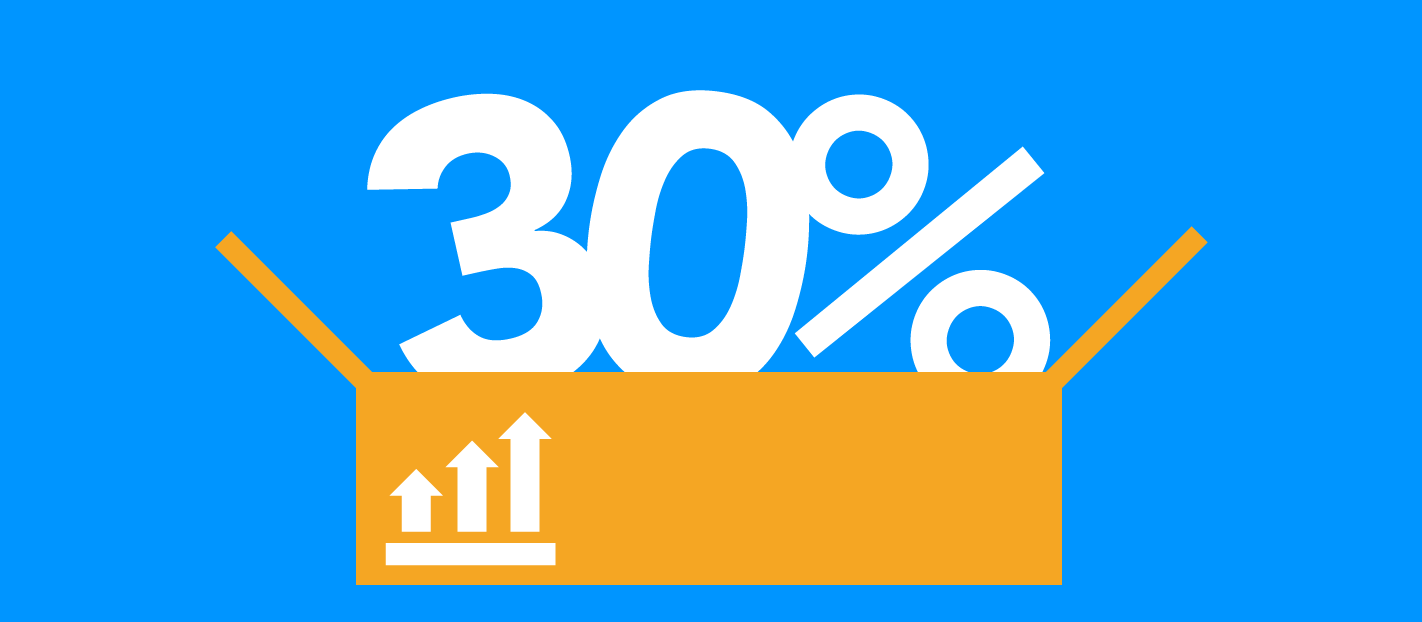
It’s true: packaging is complicated. But buying packaging doesn’t have to be. Even though Packwire has made the process as easy as possible, the packaging is such a critical part of an ecommerce business that many new customers will inevitably have questions.
“We sell at least 30% of our orders using GoSquared’s Live Chat,” says Phil. “I do a lot of business through chat because the average order size for something like boxes is a lot higher than if you’re just buying a product for yourself. With packaging, you’re buying something for your business. So people will have questions. And having the Live Chat for us is really huge.”

